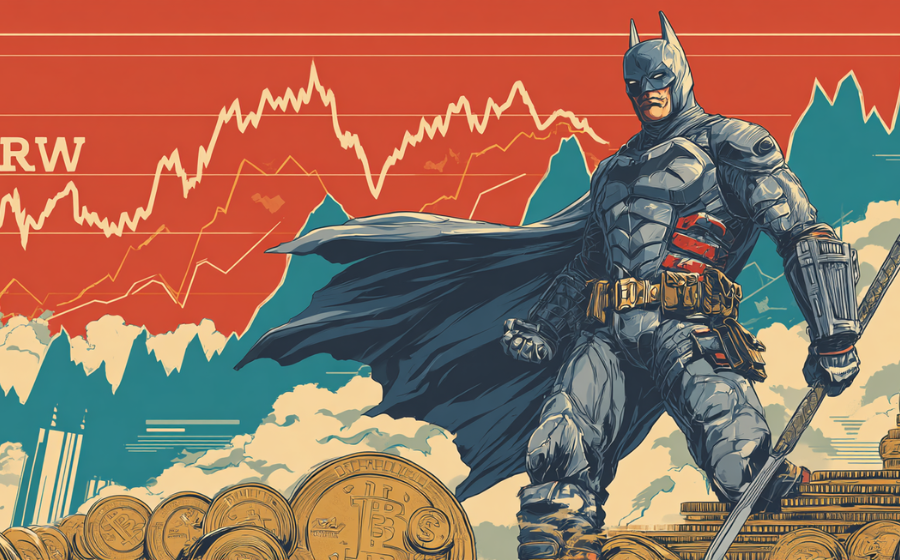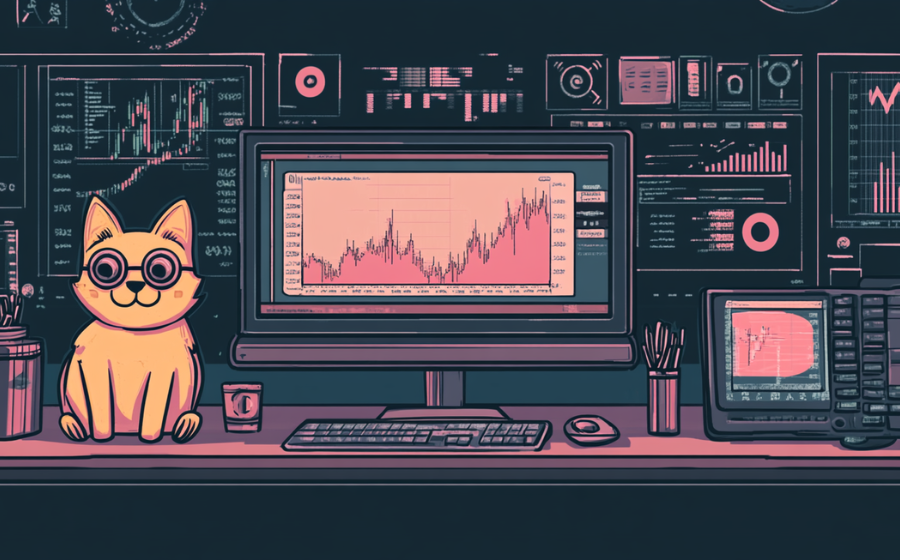
KEYTAKEAWAYS
-
StandX introduces a new model where trading margins earn yield.
By combining perpetual futures with yield-bearing stablecoins, StandX allows traders to generate passive income even while their positions are open.
-
Its core product, DUSD, turns stable capital into productive assets.
DUSD is a fully collateralized yield stablecoin that offers 10–13% APY, backed by staking rewards and funding fees from perpetual markets.
-
Founded by ex-Binance engineers, StandX bridges CEX efficiency with DeFi transparency.
Built on Solana and BNB Chain, it represents a hybrid evolution in derivatives trading where users are rewarded for participation rather than speculation.

CONTENT

THE BEGINNING: REBELS FROM BINANCE
If the evolution of decentralized derivatives is a war over trust, the birth of StandX is an act of rebellion.
In late 2024, a small group of Binance veterans quietly left the company. Among them were AG, who once led Binance’s futures division, a quantitative trader from the Chicago Mercantile Exchange, and engineers from Goldman Sachs and Amber Group. They had built one of the largest derivatives empires in crypto, yet decided to start again from zero.
Months later, they founded StandX. Their reasoning was simple: the derivatives market was still trapped between efficiency and trust. Centralized exchanges offered speed and depth, while decentralized platforms promised transparency and autonomy. StandX wanted to bridge the gap.
The team asked a radical question: what if trading margins could earn yield? What if perpetual contracts became productive capital instead of idle collateral? The idea combined traditional finance’s capital reuse with Web3’s open liquidity ethos.
This became the core philosophy of StandX—turning every trade into a yield-earning position.
In early 2025, the team deployed its first module on Solana and launched its flagship product, the yield-bearing stablecoin DUSD. Without venture funding or token allocations, StandX was self-financed except for a grant from the Solana Foundation. The decision to go “no VC, no presale, no lockups” gave it a rare sense of purity in today’s market—idealistic, focused, and bold.
DUSD: A STABLECOIN THAT NEVER SLEEPS
In most stablecoin systems, stability means stillness. Once deposited, capital simply waits. StandX wanted to change that.
DUSD is a fully-collateralized yield stablecoin. Users can mint it 1:1 with USDT or USDC, no extra collateral required. Behind the scenes, funds are automatically placed into neutral yield pools, generating passive income distributed weekly to holders.
In short, DUSD turns static dollars into productive assets.
By October 2025, DUSD offered 10–13% annualized returns, with more than 200 million tokens in circulation and over 200 million dollars in TVL. It operates on both Solana and BNB Chain, with liquidity on PancakeSwap, Raydium, and other DEXs. Within weeks of launch, TVL jumped from zero to fifty million dollars, doubling repeatedly in the following months.
Its yield comes from two sources: staking rewards from underlying collateral and funding fees from perpetual trades. The first ensures stability; the second ties yield to trading activity, forming a self-reinforcing loop.
Crucially, DUSD also serves as margin on the StandX perpetual exchange. When users open positions, their margin continues to earn yield—making trading itself a dual-income activity.
For DeFi analysts, DUSD represents a new kind of on-chain dollar: stable, productive, and reflexive. It redefines how capital works in decentralized finance.
REBUILDING DERIVATIVES: WHEN TRADING EARNS
If DUSD is the foundation, the StandX perpetual exchange is the engine.
The platform calls itself “the world’s first exchange that pays traders.” Instead of just charging fees, it rewards users through a “Trade and Earn” model, sharing protocol revenue while keeping their margin productive.
It’s a quiet revolution. Traditional perpetuals focus on leverage efficiency but leave capital idle. StandX keeps it alive, turning every position into a yield generator.
Behind it is a fully proprietary tech stack. The matching engine, liquidation logic, and reward modules are all built in-house—not forked from open-source code. The team claims millisecond-level order matching and a transparent, auditable risk engine. This hybrid design merges CEX performance with DeFi transparency.
Currently in Alpha, StandX supports major assets with leverage trading. Early testers report 30% higher margin utilization and near-CEX depth in active markets.
Each rival has a different approach. dYdX focuses on compliance and decentralization. Hyperliquid pushes modular performance. Aster builds institutional liquidity. StandX, instead, chooses yield as its narrative—rewarding participation rather than speculation.
The psychology is powerful. When traders know their capital earns yield even during volatility, their behavior changes. They hold longer, risk less, and trade smarter. It’s an economic and behavioral shift rolled into one.
BETWEEN TRUST AND AMBITION
StandX’s ambitions extend far beyond trading. The roadmap includes cross-chain collateral, yield aggregators, and institutional liquidity pools centered around DUSD. With Solana Foundation’s backing, multi-chain expansion is already in motion.
Challenges remain. Yield-bearing stablecoins face sustainability and regulatory hurdles. If yields drop or strategies fail, user trust could weaken. Transparency—through audits, reserves, and regular reporting—will decide its long-term credibility.
Still, the market response has been overwhelmingly positive. TVL keeps growing, community engagement is strong, and campaigns have attracted tens of thousands of users. Discord activity now ranks among the most active DeFi projects on Solana.
StandX may not rival centralized giants in scale, but it’s rewriting how capital behaves in trading. It transforms margin from a cost into an asset, and speculation into productive yield.
In a sea of derivative DEXs, StandX offers a new formula: trust plus efficiency equals resilience.
Whether it becomes the next major DeFi protocol or remains a bold experiment, one thing is clear—StandX has blurred the line between trading and earning, proving that even in derivatives, capital can still sing.















